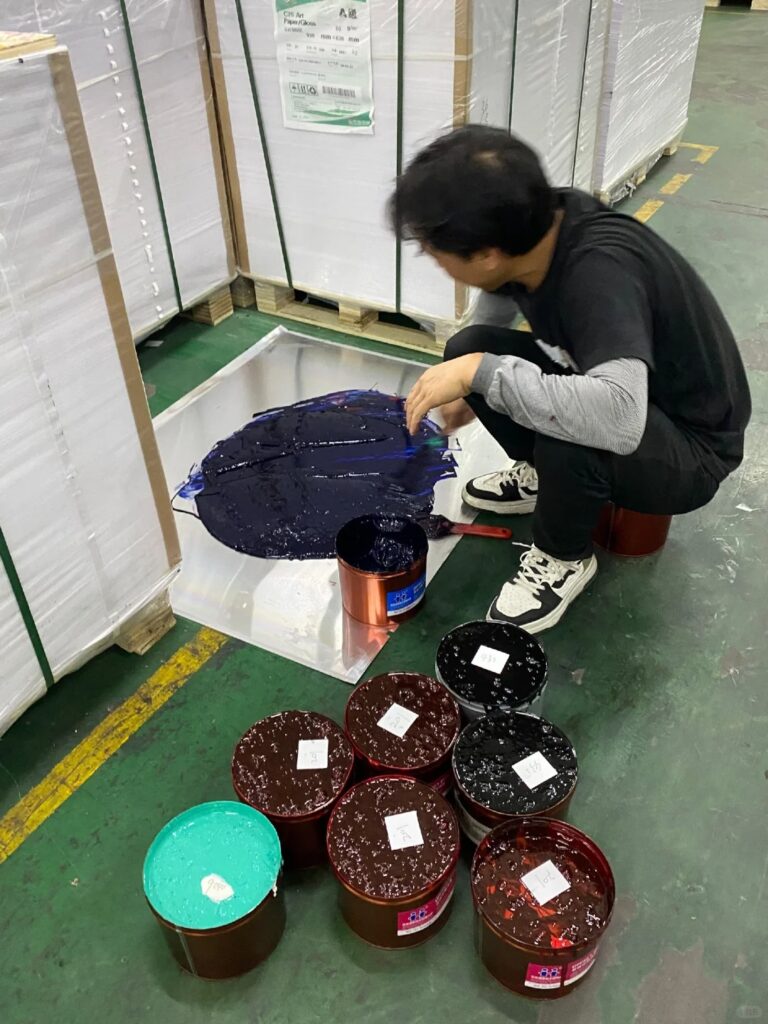Screen printing is a popular method for creating custom t-shirts, but it comes with its own set of challenges. Inlcuding ink bleeding, misalignment of screens, inconsistent tension in the mesh, ink drying issues.
Understanding these common issues can help screen printing businesses, entrepreneurs, and hobbyists produce high-quality prints consistently.
In this article, we’ll delve into the main challenges faced in screen printing and how to overcome them effectively.
Common Challenges in Screen Printing

Ink Bleeding
Ink bleeding occurs when the ink spreads beyond the intended area, resulting in blurred or fuzzy edges. This issue often arises from overusing ink, using the wrong off-contact distance, or applying too much pressure during printing.
Solution: To prevent ink bleeding, ensure you’re using the right amount of ink and adjust the off-contact distance appropriately. Conduct test prints to fine-tune these settings before running larger batches.
Misalignment of Screens
Misalignment can lead to registration issues, where colors don’t line up correctly, resulting in an unprofessional appearance. This challenge is especially common in multi-color designs.
Solution: Invest in a high-quality registration system and double-check your screen setup before printing. Using jigs can also help maintain proper alignment throughout the printing process.
Inconsistent Tension in the Mesh
Inconsistent tension across the mesh screen can lead to uneven ink application, resulting in variations in print quality.
Solution: Regularly check and adjust the tension of your screens. Using screens that are properly stretched and maintaining consistent tension will help ensure even ink distribution.
Ink Drying Issues
Ink can dry on the screen or the printing surface, causing blockages or poor adhesion. Factors such as humidity, temperature, and ink viscosity can all contribute to this problem.
Solution: Monitor environmental conditions in your workspace. Adjust your ink formulas if necessary, and consider using a slower-drying ink for intricate designs.

Solutions and Best Practices
To effectively address these challenges, consider implementing the following best practices:
- Conduct Regular Maintenance: Regularly clean screens and maintain your equipment to prevent buildup and ensure smooth operation.
- Utilize Test Prints: Always run test prints before committing to large batches. This helps identify potential issues without wasting materials.
- Training and Skill Development: Ensure that everyone involved in the screen printing process is properly trained. This can significantly reduce errors and improve overall quality.

Case Studies or Examples
Many businesses have successfully navigated these challenges through careful planning and adjustment.
For instance, a local screen printing shop faced persistent ink bleeding issues.
By implementing better control over their ink application and regularly checking their off-contact distance, they saw a marked improvement in print quality.
Similarly, another entrepreneur dealt with misalignment in multi-color prints.
By investing in a reliable registration system and training staff on setup procedures, they reduced misalignment complaints significantly.

Conclusion
Screen printing t-shirts can present various challenges, from ink bleeding to misalignment and drying issues.
However, with proper techniques and best practices, these challenges can be effectively managed.
By staying informed and proactive, screen printing businesses and hobbyists can enhance their production quality and achieve better results in their custom t-shirt projects.

